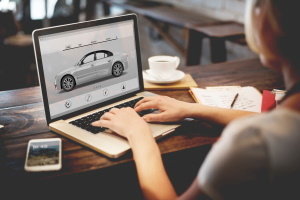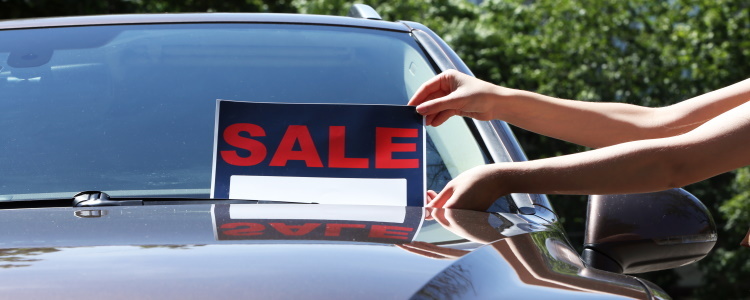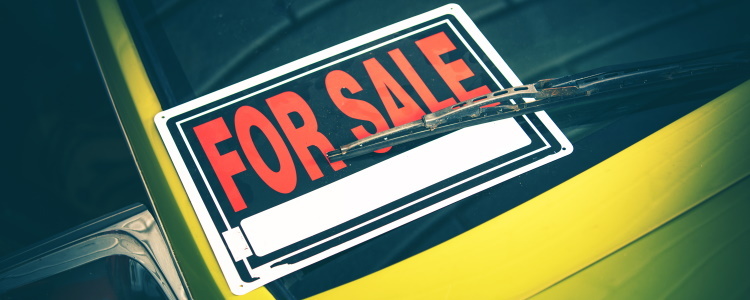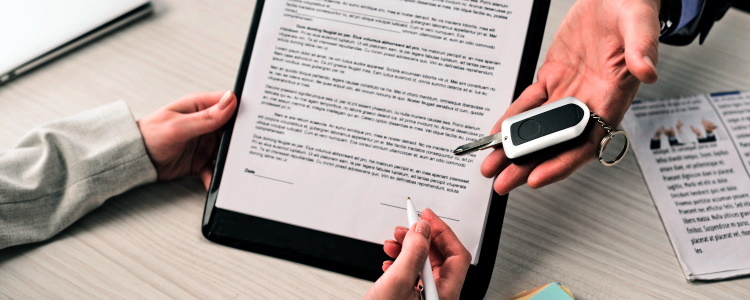When it’s time for a newer car in your life but you’re not done paying the loan on the vehicle you have now, there’s no need to worry. You can trade in a car you still owe money on as long as you pay off your loan first to remove the lien. If this sounds confusing, we’re here to give you the tips you need to make your trade in successful!
Determining Your Trade-In Equity Position
 When it comes to a vehicle that you’re financing, you either have equity or negative equity. Equity is the value of your car over and above what you owe on the loan. If the balance on your loan is higher than the appraised value of the vehicle, then you have negative equity.
When it comes to a vehicle that you’re financing, you either have equity or negative equity. Equity is the value of your car over and above what you owe on the loan. If the balance on your loan is higher than the appraised value of the vehicle, then you have negative equity.
Negative equity is something that most people experience during an auto loan, at least for a time. Because cars are depreciating assets, they lose value over time, and there’s no way to stop this. New vehicles lose value as soon as you drive them off the lot, which lands many people in negative equity at the beginning of a loan.
Using a larger down payment can lower the initial cost of your loan and shorten the time you spend with negative equity. You should know that you can eventually build equity over time. You can also slow the depreciation process and give yourself a leg up by purchasing an affordable car that holds its value and taking good care of it.
Trading in Your Car
Your current loan has to be paid off before you can trade in a car you still owe on. This is because a release of lien letter has to be issued by your current lender before the title is free and clear and can be transferred to someone else.
If you have equity in your trade-in, the dealer pays off your loan, receives the release of lien letter from the lender, and issues you a check for any amount over the loan balance. You can either keep this money or use it as a down payment on your next car.
Paying off the lien is generally more difficult with negative equity. This is because you’re left paying the difference between what you owe on the loan and the car’s value.
If you’re going to trade in a vehicle with negative equity, you typically have three options:
- Pay the difference – To do this, you need to come up with the difference between what your vehicle is worth and what you owe on the loan in cash so that your old lender can be paid off.
- Roll over the balance – You should proceed with caution with this option. If a lender allows you to roll the negative equity into your new loan, they pay off your old loan but add the negative equity amount to your new loan. This increases the loan principal, which means a higher monthly payment and total cost because you're paying interest on it.
- Wait until you have equity – This option doesn’t allow you to trade in your car right away. Instead, you wait until you make enough payments for the balance on your current loan to at least equal the value of your vehicle so you don't have to deal with negative equity when trading in.
Remember, these options only apply if you’re upside down on your loan.
Finding a Dealership to Work With
Now that you know you don’t have to wait to trade in your vehicle if you still owe on your loan, you need to make sure you’re working with the right lender. If you have bad credit, you typically have to find a subprime lender that's prepared to work with your credit situation, and these lenders only work indirectly through special finance dealerships.
It can be hard to determine which dealers have a special finance department, but you don’t need to worry about not knowing where to go when you have Drivers Lane to guide you.
We work with a nationwide network of special finance dealerships that are signed up with subprime lenders. To find the right local dealer for you, simply fill out our fast and easy auto loan request form to get the process started!



















